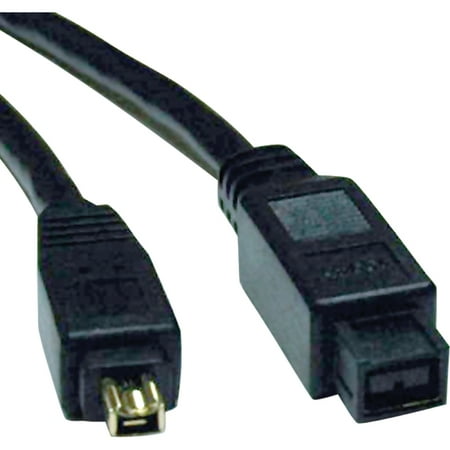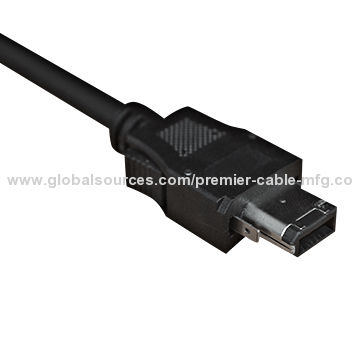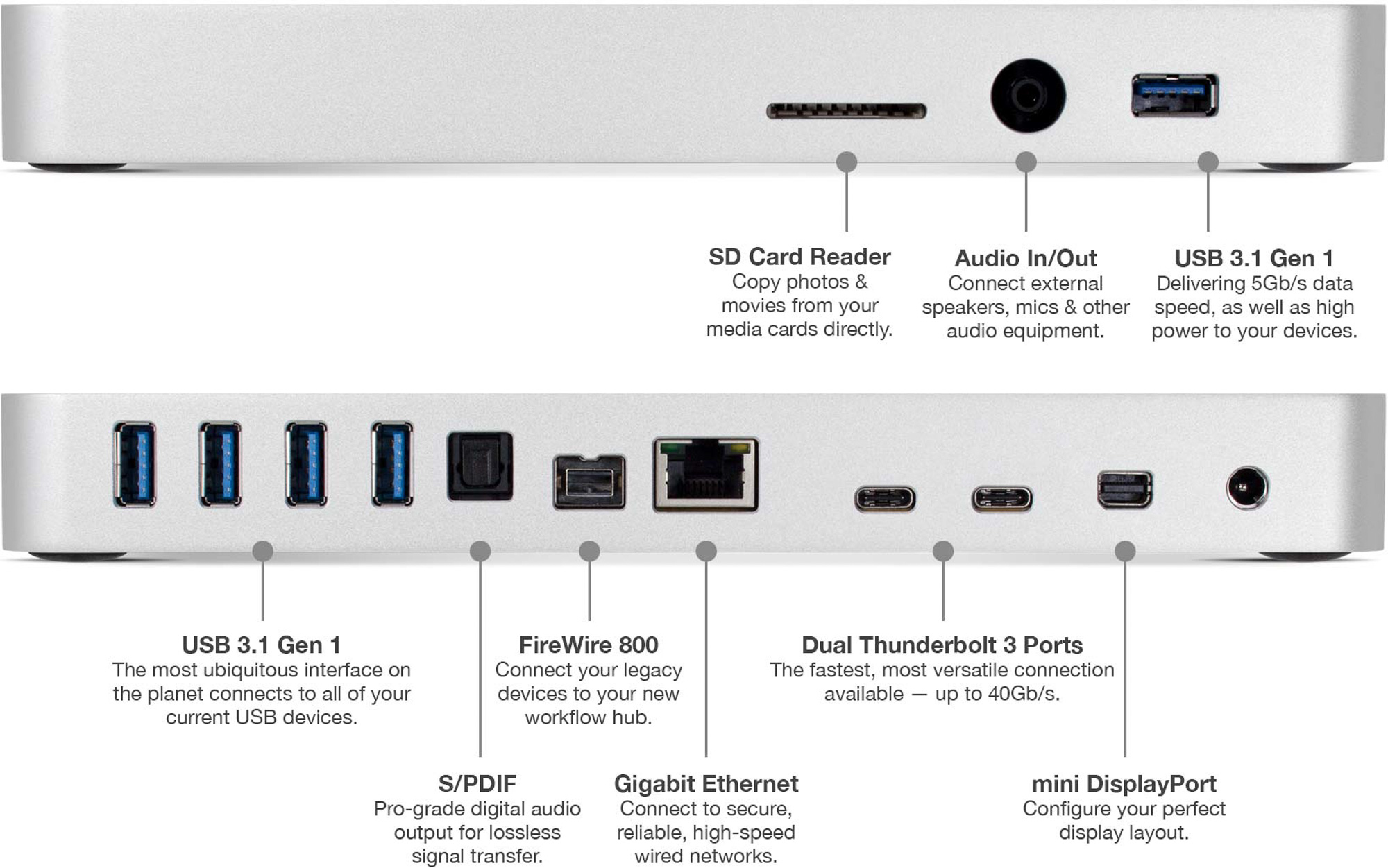Difference Between USB Port and FireWire Port
Summary: Difference Between USB Port and FireWire Port is that USB port, short for universal serial bus port, can connect up to 127 different peripherals together with a single connector. Previously called an IEEE 1394 port, a FireWire port is similar to a USB port in that it can connect multiple types of devices that require faster data transmission speeds.
USB ports and FireWire ports are plug-and-play. Auto-detect or auto-detection ports are usually plug-and-play, but they offer another type of convenience. An auto-detect port may automatically determine what kind of device has been attached, but it also determines what purpose the port itself should have. Because FireWire 800 is backward-compatible with FireWire 400, there are a variety of adapters available to facilitate the combination of both standards on the same bus. There are also two types of FireWire 800 ports available: a 'bilingual' port accomodates both FireWire standards, while a b-only port accepts only a FireWire 800 connector. The original IEEE-1394 standard is known as FireWire, IEEE-1394a, DV or as i.Link ® (Sony ® 's implementation of the standard). Occasionally it is referenced as FireWire 400 due to its maximum data transfer speed of 400 Mbps. Oct 12, 2018 USB ports comes in different types and each have their individual distinct characteristics. At the moment, there are three known types of USB connection ports. USB Type-A (or USB-A) This is 4-pin connector that is available in different types and versions: USB 1.1, USB 2.0, USB 3.0, and USB 3.1. Previously called an IEEE 1394 port, a FireWire port is similar to a USB port in that it can connect multiple types of devices that require faster data transmission speeds, such as digital video cameras, digital VCRs, color printers, scanners, digital cameras, and DVD drives, to a single connector.
USB Port
:max_bytes(150000):strip_icc()/amazonbasics-ieee-1394-firewire-cable-4-pin-6-pin-56a6fadd3df78cf772913fe6.jpg)

A USB port, short for universal serial bus port, can connect up to 127 different peripherals together with a single connector. Devices that connect to a USB port include the following: mouse, printer, digital camera, scanner, speakers, portable media player, optical disc drive, smart phone, PDA, game console, and removable hard disk. Personal computers typically have six to eight USB ports on the front and/or back of the system unit. USB ports on mobile devices usually are smaller than those on personal computers.
USB 2.0, or Hi-Speed USB, is a more advanced and faster USB, with speeds 40 times higher than that of its predecessor. USB 3.0 is even faster than USB 2.0. Both USB 2.0 and USB 3.0 are backward compatible, which means they support older USB devices as well as newer USB devices. Keep in mind, though, that older USB devices do not run any faster in a newer USB port.



To attach multiple peripherals using a single port, you can use a USB hub. A USB hub is a device that plugs in a USB port on the system unit and contains multiple USB ports in which you plug cables from USB devices. Some newer peripherals may attach only to a USB port. Others attach to either a serial or parallel port, as well as a USB port.
FireWire Port
Previously called an IEEE 1394 port, a FireWire port is similar to a USB port in that it can connect multiple types of devices that require faster data transmission speeds, such as digital video cameras, digital VCRs, color printers, scanners, digital cameras, and DVD drives, to a single connector. A FireWire port allows you to connect up to 63 devices together. The three latest versions, FireWire 800, FireWire 1600, and FireWire 3200, have speeds faster than the original FireWire 400.
You can use a FireWire hub to attach multiple devices to a single FireWire port. A FireWire hub is a device that plugs in a FireWire port on the system unit and contains multiple FireWire ports in which you plug cables from FireWire devices.
Types Of Firewire Ports List
Also Read: